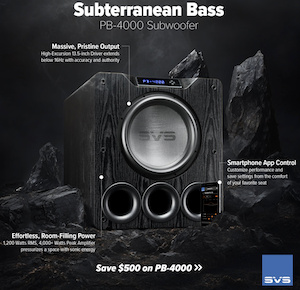David Gilfillan
Registered
Thread Starter
- Joined
- Feb 6, 2019
- Posts
- 3
Sure much of this has been covered before, but after a search, a few questions I'm not certain about:
What is the relationship between the window length and FFT (or DFT) size in REW?
Can the two be changed independently once an impulse is measured and calculated? (i.e. retain a constant FFT size and change the window length or vice-versa)
Is an impulse zero-padded after the window ends when the window length is smaller than the FFT size? (is this possible)
Can I export magnitude and phase (Bode plot) with a frequency axis and a fixed (known) FFT size?
Can phase be optionally calculated from the window start rather than time 0? This would help with my on-site confusion about arrival time following a review of phase.
Thanks for the fantastic software and all the time that goes into this forum.
What is the relationship between the window length and FFT (or DFT) size in REW?
Can the two be changed independently once an impulse is measured and calculated? (i.e. retain a constant FFT size and change the window length or vice-versa)
Is an impulse zero-padded after the window ends when the window length is smaller than the FFT size? (is this possible)
Can I export magnitude and phase (Bode plot) with a frequency axis and a fixed (known) FFT size?
Can phase be optionally calculated from the window start rather than time 0? This would help with my on-site confusion about arrival time following a review of phase.
Thanks for the fantastic software and all the time that goes into this forum.












